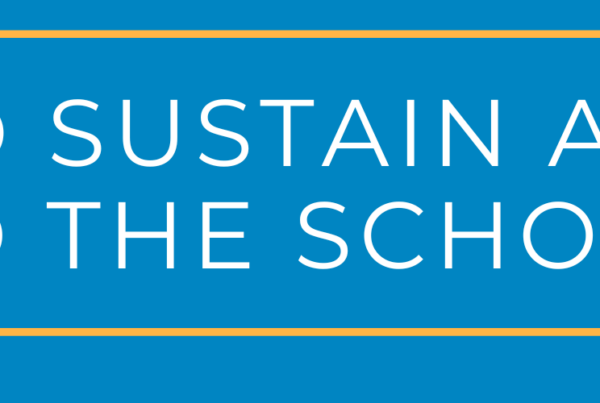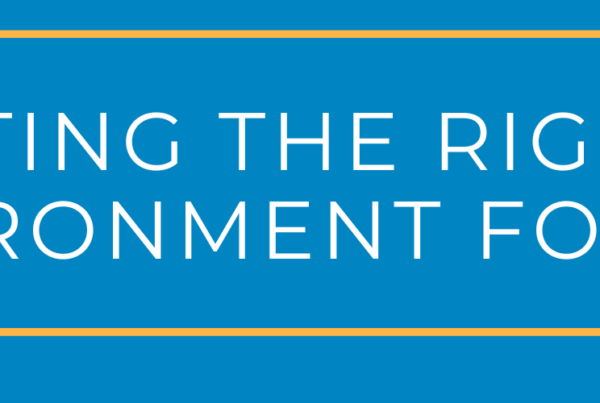 by Scott Lutostanski – Galin Education Director of Academic Consulting
by Scott Lutostanski – Galin Education Director of Academic Consulting
When it comes to studying for finals, most students will head to their study spot and say, “Okay, time to study for History.” This, however, is not enough. Students should have a game plan for what they are going to study and how they are going to do it.
What to use- I am always shocked at how quickly students jump to their notes or a textbook without consideration of any other study materials. It is important for students to take an inventory of all the relevant materials that they could possibly use to study. Most often, this ends up being some combination of study guide, textbook, notes, old homeworks and worksheets, old tests and quizzes, a friend, extra time with a teacher, Google, PowerPoints, and lecture videos. A student must also consider the class, the teacher, and how things have gone throughout the school year. They should have a feel for the type of assessment (multiple choice, essay, short answer, etc.) and from where the teacher usually pulls information. Some teachers give tests purely from lecture slides. Others will telegraph the test through the study guide. It is important to understand how each teacher operates and then individually prioritize the materials within each class. At this point, the student should have a list of materials and information to study for each class.
Break it up- Students must segment their studying based on the materials they choose. If it makes the most sense for them to study their History textbook for their final, they should segment the studying into sections. If the final is on Chapters 1-9, then break up the studying into 1-3, 4-6, and 7-9. This will help with the studying and planning process. It will also give students a sense of a “finish line” for their studying.
How to use it- With the materials gathered and segmented, students are now ready to put thought into how to actually study. Students must have an ebb and flow between encoding (information going in) and retrieving (information coming out; essentially, quizzing oneself). A student can better learn when they repeat this process in a variety of ways. Encoding practices that lead to quizzing are the best study methods. For instance, reading a textbook is not that effective. However, reading a textbook while taking notes in a T-chart will create stronger encoding. Then, a student can fold their paper in half and quiz themselves. Similarly, filling out a study guide and reading it over and over is not an effective way to learn. If that same study guide, after being filled out, is then transferred to flashcards, a venn diagram, notes organized in a table, or creating an outline, these will all be better ways to learn, especially since they can all lead to quizzing. Students should have multiple study methods determined before attacking their studying. When this is accomplished, students will be on the right path towards rocking their finals.





